- Enrique Ortiz is a Peruvian biologist who has been working in conservation in Latin America since the 1970s. Today he works at the Andes Amazon Fund, a philanthropic initiative that has helped establish 79 protected areas and get 18 Indigenous territories titled.
- Ortiz says the pandemic has been “terrible and tragic” for both people and the environment, with a rise in poverty, violence against environmental defenders, and environmental crime and degradation.
- But he also notes surprising resilience where communities and local governments have continued protecting wilderness despite COVID-19.
- Ortiz spoke about these issues and more during an April 2021 conversation with Mongabay founder Rhett A. Butler.
The past year has been difficult for much of Latin America: The pandemic has hit the region harder than most, a series of natural and manmade disasters has adversely impacted communities from Honduras to Brazil, and violence is surging.
On the environmental front, the pandemic has undercut livelihoods associated with ecotourism and research, environmental law enforcement has waned in some places leading to rampant expansion of illegal activities, deforestation and the incidence of fire is increasing, and environmental defenders and Indigenous communities have been disproportionately the target of rising violence.
“The pandemic has been terrible and tragic to people,” Enrique Ortiz, a Peruvian biologist who works at the Andes Amazon Fund philanthropic initiative, told Mongabay during a recent interview. “The pandemic not only brought death but also poverty and pressure on natural resources. Not having other alternatives, lots of people moved from the cities to the fields and the forest. And in times with hardly any enforcement, illegality exploded.”
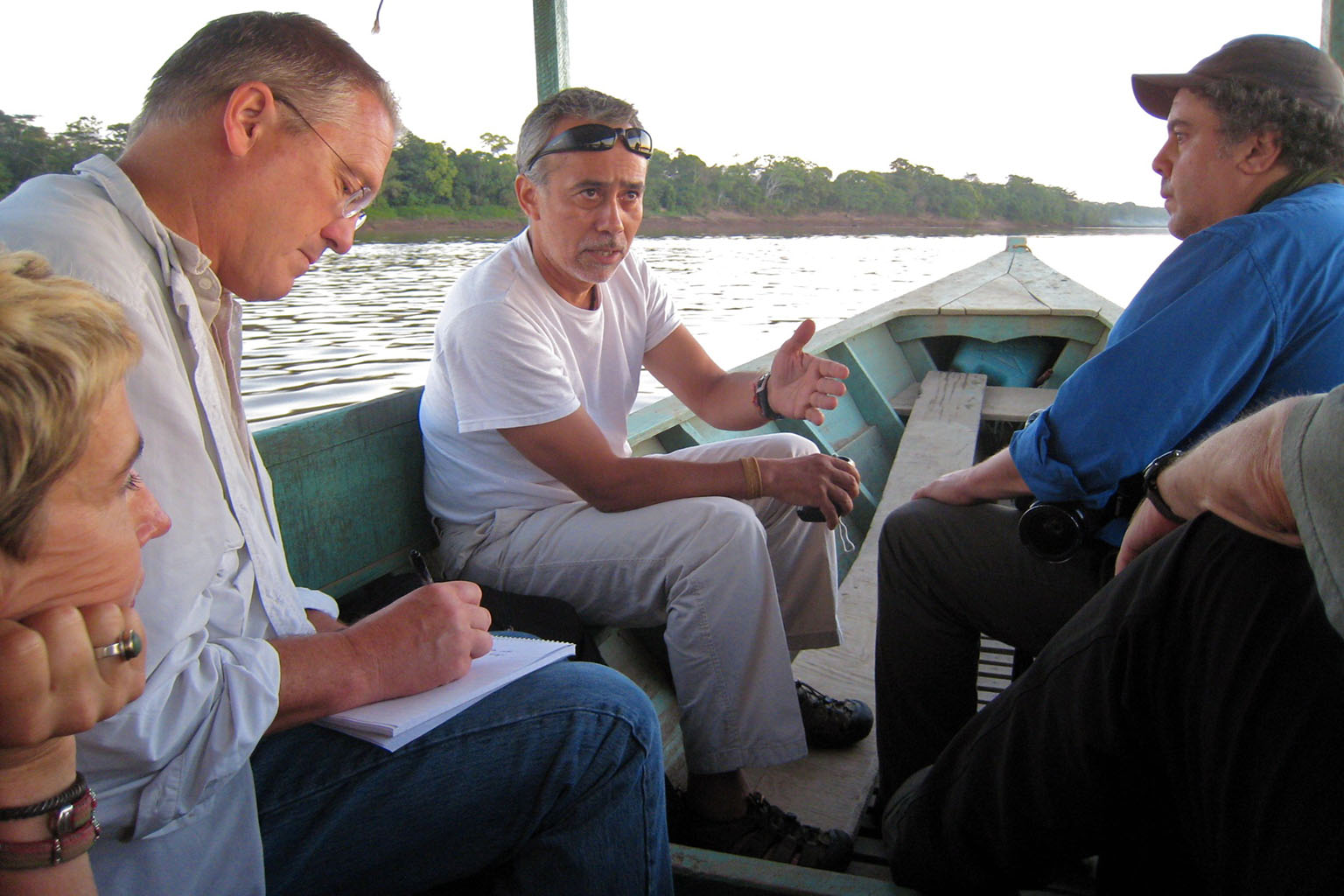
But there have also been examples of resilience and hope in the midst of the pandemic, says Ortiz.
“We have been quite surprised to see efforts in multiple places where communities and municipalities have not stopped in protecting wilderness in their jurisdictions,” he said. “In Bolivia, for example, close to 3 million hectares have been legally protected in the last few months. A huge Isolated Indigenous Area was recently created by the Peruvian government.”
Ortiz’s perspective is grounded in more than four decades in roles spanning the conservation sector, including field biologist as an academic, conservation practitioner at NGOs like Conservation International and the Smithsonian Institution, and program officer at philanthropic foundations like the Moore Foundation, the Blue Moon Fund, and the Andes Amazon Fund.

Over the course of his long career, Ortiz has seen changes in the conservation sector, including increased capacity of civil society in Latin America, greater awareness of the role Indigenous peoples play in achieving conservation outcomes, a huge increase in the number of protected areas across the region, and better understanding and communication of environmental problems. But he sees less hopeful trends for the environment as well, including weakening governance, growing violence, and worsening degradation.
Ortiz spoke about these issues and more during an April 2021 conversation with Mongabay founder Rhett A. Butler.
An interview with Enrique Ortiz
Mongabay: What sparked your interest in nature and wildlife?
Enrique Ortiz: Although I was born in a big and chaotic city like Lima, I found in its still-wild coastal cliffs, just blocks away from home, the perfect nature place for a curious and rebellious urban kid to hide and play.

Since early years, I was one of the first Peruvian falconers, and as an untamable teenager, I traveled by myself (since 13) throughout Peru and saw many wild places I loved. These, soon after, did not exist anymore. That made me an environmental activist.
Mongabay: How did your career path unfold?
Enrique Ortiz: As a biologist, I went through several phases, both as a dedicated scientist, as well as a sort of radical environmentalist, but always with unexpected turns, and a great deal of luck (I still wonder how come I am still alive surviving many accidents and “shining path” guerrillas encounters).
Having been active in a time when there were not that many young biologists, and continuous strikes at my then-leftist University (San Marcos), that allowed me time to travel with — and befriend — some of the greatest tropical biologists and environmentalists of the time. Then went to graduate school at Princeton University, a complete contrast, and then Conservation International and the Smithsonian Institution.

I started working for philanthropic foundations in 1997, and simultaneously kept active working in conservation and science on the ground. Together with Adrian Forsyth founded Conservación Amazónica-ACCA in Peru, and soon after Amazon Conservation Association-ACA in the USA. By now, I have been involved in heading several hundred million dollars to conservation in Latin America. By all means I owe my career to a few mentors that still today shape my life and thoughts.
Mongabay: You have been working for conservation for many years now. What are the biggest differences between when you started and today?
Enrique Ortiz: It is almost 45 years ago since — at a young age — I started working in the first Peruvian NGO. In those times there were only a handful of environmental activists and organizations in Latin America. That is a big difference now: Today there are many, and from all disciplines.
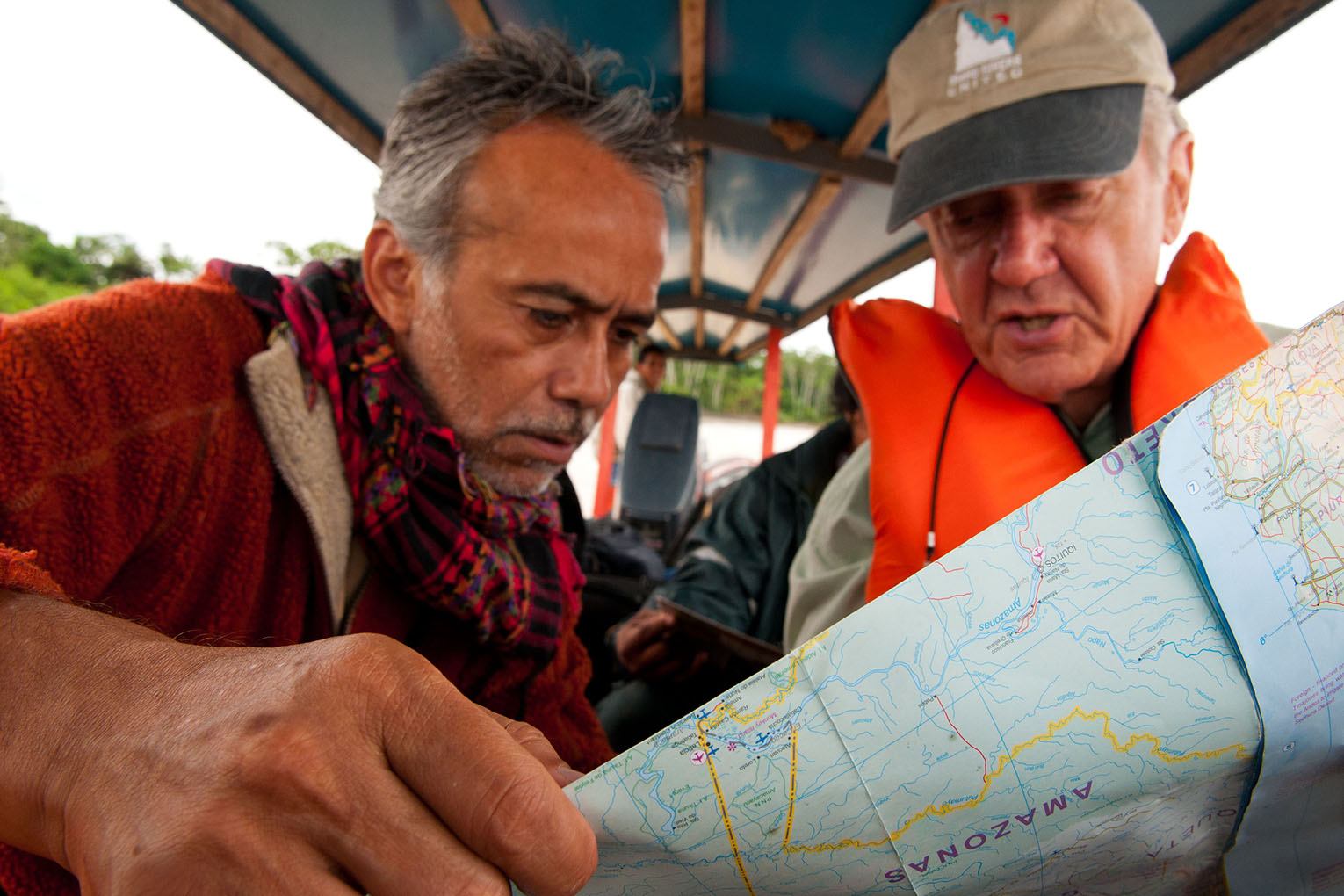
Second, and sadly, we now must deal with a much more deteriorated and challenging natural and social scenario. Conservation has gone in time through all kinds of ideological phases and fads, and it is still in constant change. Today, awareness of an increasingly impoverished nature, the global extinction crisis and climate change has changed the urgency and the tone. Also, communications have evolved enormously for the better.
Mongabay: Do you see light at the end of the tunnel?
Enrique Ortiz: In general, I am more than anything a realist. Getting older gives you perspective. It also frees you from the fear of questioning paradigms and challenging those who think they found the answers. But overall, the process of deterioration is an uphill battle. The good news is that there is still time to correct it, a good set of protected areas, and still extensive natural places to work with.
Is there hope? Yes, I think, and it will come from individuals, from science and from a crude realization that we as civilization need nature to exist. I fear the pandemics were just a false beginning.
Mongabay: Going back to your career, you have worked in the government, NGOs, and philanthropy. How can we make the collaboration most effective?
Enrique Ortiz: Most of my career has been in research as a scientist, as a practitioner (in NGOs), as part of the board of the Peruvian park service (for 8 years), and partially overlapping, in philanthropy for the last 25 years, mainly in all the Andean Amazonian countries and Brazil.
Overall, there are very good people in all those three sectors, but each of them has their own issues. Leaving those aside, and still having my shoes in all of them, I realize that we all “speak” a different language. Making an effort of understanding each other, leaving the mistrust, fears and arrogances aside, we can maximize each other’s capacities and collectively be more efficient. Easy to say, hard to do.
Mongabay: What do you see as the biggest gaps in conservation? What does conservation need to do better?
Enrique Ortiz: To start with, we need to get and use the right information. We are managing and repeating the same clichés, that are questionable at best, and give a sense of a doomsday horrible reality that is more than anything discouraging.
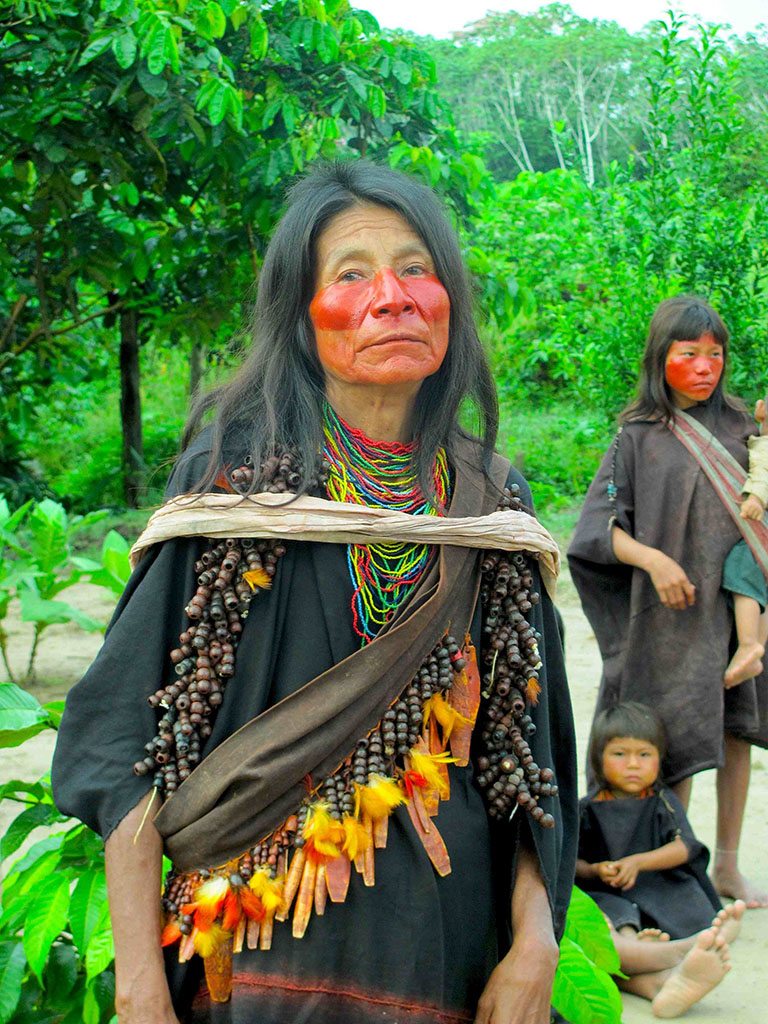
We also need to question ourselves if the path or narrative we use is the right one. Break away with paradigms, and most importantly, leave ideology and political correctness out of it. We are very much encapsulated in these to the point where few really understand what we are doing at the end, for what, or what is at play. I believe there is confusion between social welfare and conservation that does not help environmentalism. Also, few are aware of how much this field has been kidnapped by ideological pursuits, and leader’s political and personal gains.
Going back to the principles of conservation and focusing on the degrading planet, more than ever with climate change on top of us is highly critical. I would start re-doing our narrative. Reconnecting and rewilding is a good slogan.
Mongabay: The near-term trend in the Amazon is not positive from a conservation standpoint: Deforestation has been rising in Brazil, Colombia, Peru, Ecuador, and Bolivia since the mid-2010s. Why is this? And how can this trend be reversed?
Enrique Ortiz: The recent figures from Global Forest Watch are very discouraging. In spite of having an expressly environmental Leticia Pact, it is not getting any better.
Although there are many factors, the increasing weakness in governance in all countries is the root of the problem, starting with the leaders. Violence and the lack of the rule-of-law has gotten to dramatic levels. And on top of it, the pandemics have increased the pressure on resources and stop enforcement in most places.
The tragedy of the commons. The solutions may be simpler that they seem, but unpopular to the populist minds. Enforcement at local and national levels, and policies that encourage a green economy are critical, as it is the watchful eye and participation of civil society.
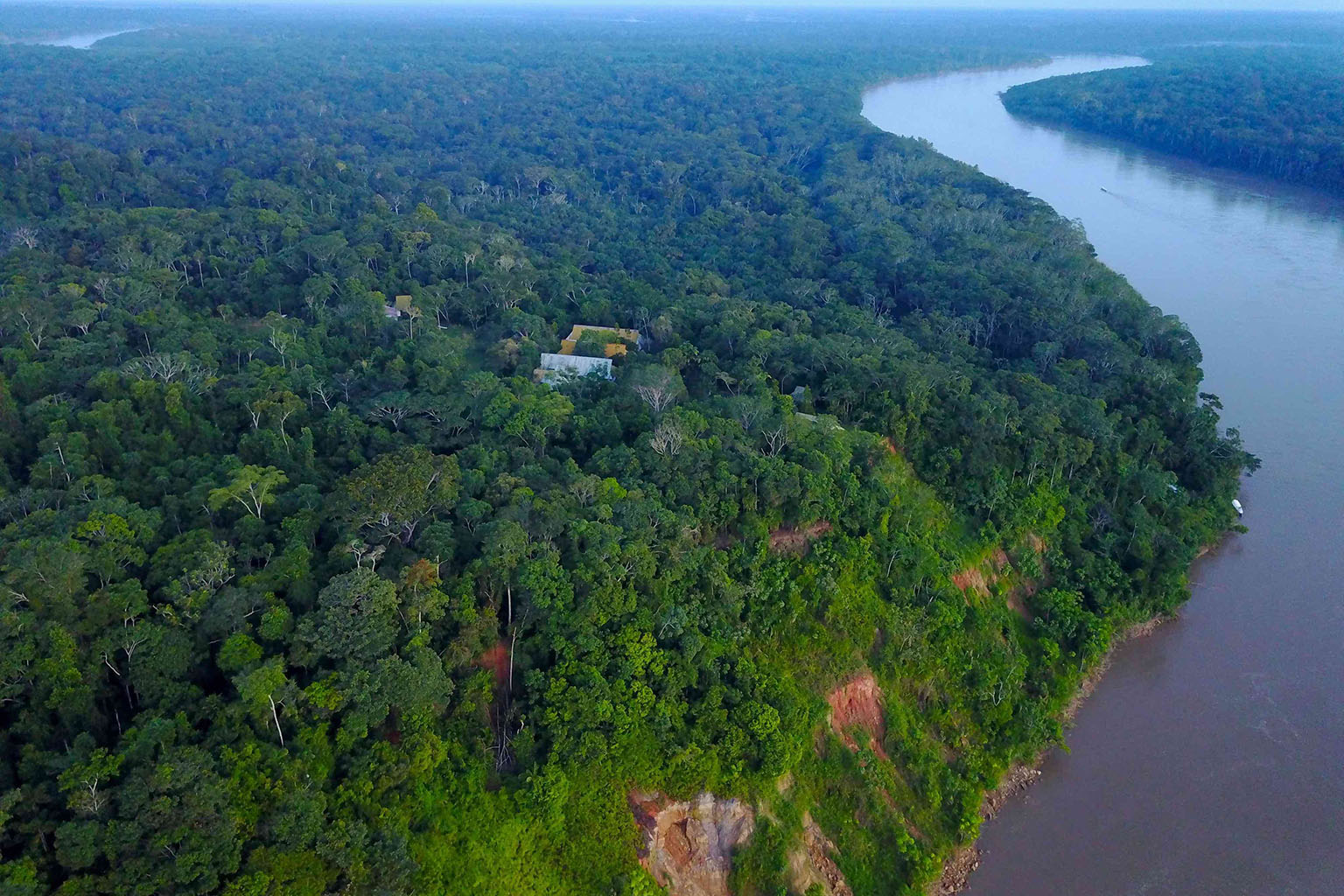
The progress in formal protected areas or indigenous territories is amazing. But they are not the only way. More than ever, it is critical to keep protecting as much land as possible, including other complementary concepts such as the so called OMECS (other forms of conservation), and looking for connectivity among them.
Mongabay: We’ve been hearing about the potential of the Amazon rainforest to shift toward a drier cerrado-like ecosystem for more than 20 years, but there’s now growing evidence that such a transition may already be happening. How would you characterize the risk in the Amazon?
Enrique Ortiz: The Amazon climate “tipping point” is already here. Experimental research in Brazil, where rain was “excluded” from rainforest, gave us a hint of what is already happening in increasingly larger parts of the Amazon. A change in local climate patterns, an expansion of fire-prone forests, and a massive die-off of key tree species, with a related loss of biodiversity, is in motion. However, it is important to realize there is still a very large swath of the Amazon in good shape, and healthy populations of most key species (except for some endemics).
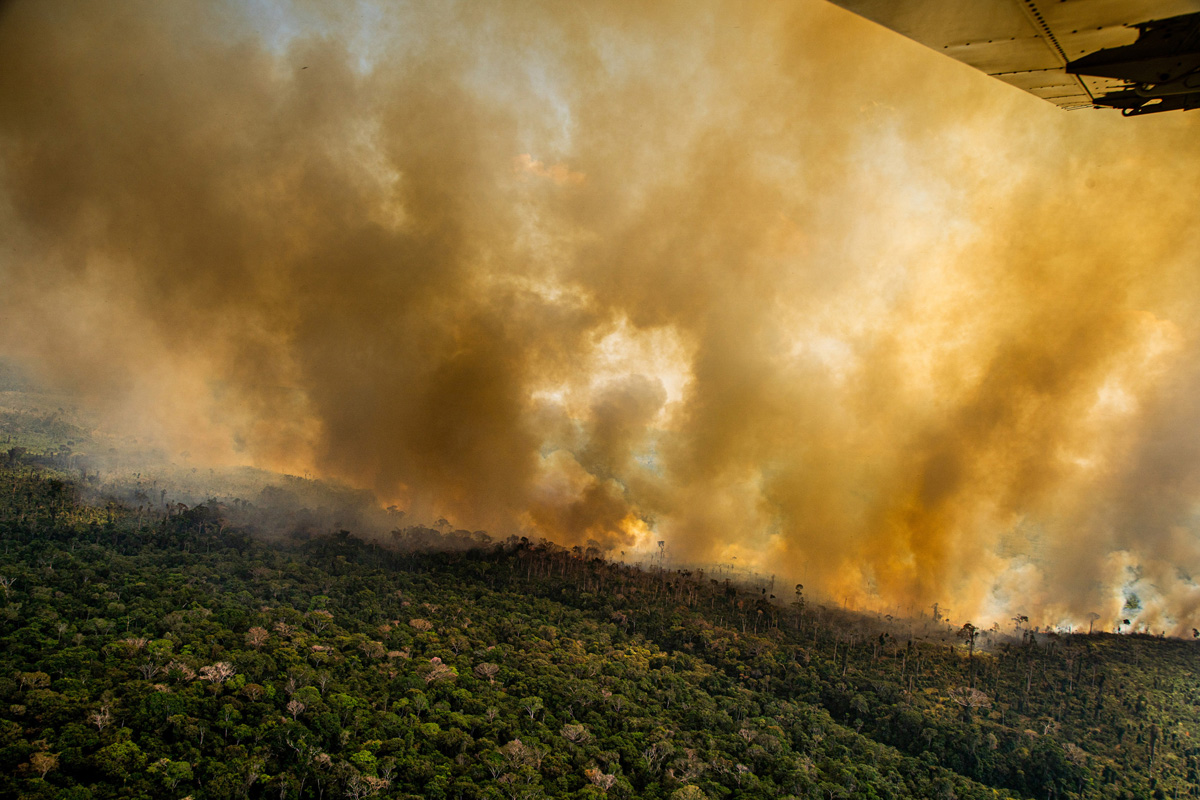
Unless we control deforestation and prevent fires, promote rewilding, and focus on specific geographies, I am afraid that from now on we will get used to what happened in 2019 in Brazil and Bolivia, and to what happened in the Pantanal last year.
Mongabay: A lot of companies are developing defined strategies and targets on reducing carbon emissions. But there’s much less focus on biodiversity. What will it take to get companies to factor biodiversity into decision-making?
Enrique Ortiz: Although good in intentions, I honestly believe the impacts of the current emphasis in reducing carbon emission are cosmetic, as we are not putting the fingers where the wounds are. Too many commitments that seem to satisfy some, but we hardly see any progress. For example, we are distracting ourselves in getting electric cars in the streets when — by far — most human related emissions are related to power generation (74%). Setting priorities specific to different geographies is critical. For Latin America, land use change is the main factor in emissions and is also the main driver of biodiversity and habitat loss. In my mind, it is more about us, than about companies.
On a general term, “carbonizing” the Amazon—and nature in general—is to me one of those paradigms we need to change. Issues related to consumption, population distribution, and the loss of wilderness areas/biodiversity, are more central in my perspective.
Mongabay: What has been the impact of COVID on projects and communities you engage or work with?
Enrique Ortiz: The pandemic has been terrible and tragic to people, undoubtedly. So many friends, colleagues and family members have died. The pandemic not only brought death but also poverty and pressure on natural resources. Not having other alternatives, lots of people moved from the cities to the fields and the forest. And in times with hardly any enforcement, illegality exploded. For example, in Los Amigos, the conservation concession managed by Conservación Amazónica in Peru, we have been constantly struggling with illegal loggers.
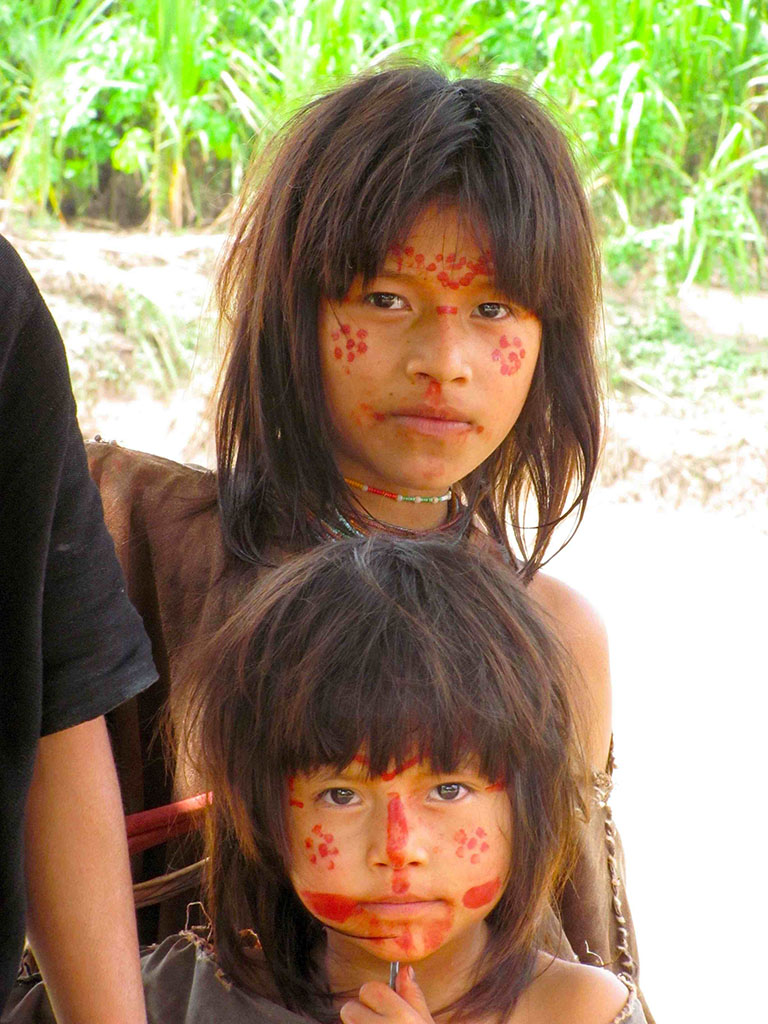
Though — and this is good news — through our work in the Andes Amazon Fund, we have been quite surprised to see efforts in multiple places where communities and municipalities have not stopped in protecting wilderness in their jurisdictions. In Bolivia, for example, close to 3 million hectares have been legally protected in the last few months. A huge Isolated Indigenous Area was recently created by the Peruvian government.
Sadly, violence against those defending their rights in forest-dependent communities have also increased with COVID, in every country where we work.
Mongabay: Do you think the pandemic will teach us anything about how to do conservation better?
Enrique Ortiz: I did hope and believe for a short moment, but clearly it was just an illusion. The connection of the pandemics with environmental issues was not clear, or at least it did not sink in. However, on the optimistic side, the pandemic may spark a light with the “One Health” concepts.
Mongabay: Looking beyond conservation, the scale and complexity of the environmental challenges we face are daunting. What do you see as the key levers for driving the systemic change needed to shift economies and societies as a whole toward sustainability?
Enrique Ortiz: Lowering consumption, reformulating cities, and stopping expansive land use (and enabling infrastructure) — all interlinked together — are part of that green economy we need to develop. That is how I would imperfectly summarize the main themes as a society. It is just not possible to expect that everyone eating beef, overfishing the oceans, and degrading ecosystem stability—in wildlands and seascapes—will result in a healthy planet. Populations will stabilize at some point (10 billion?), and food production may not be so much of a challenge (today we produce more than ever), but land/ocean use change related to it, is the elephant in the room. This is where we can have significant improvements. Also, understanding the problem of waste is critical, not only for nature, but for our own health. We literally eat 5 grams of plastic a week, and it passes to babies through the placenta!
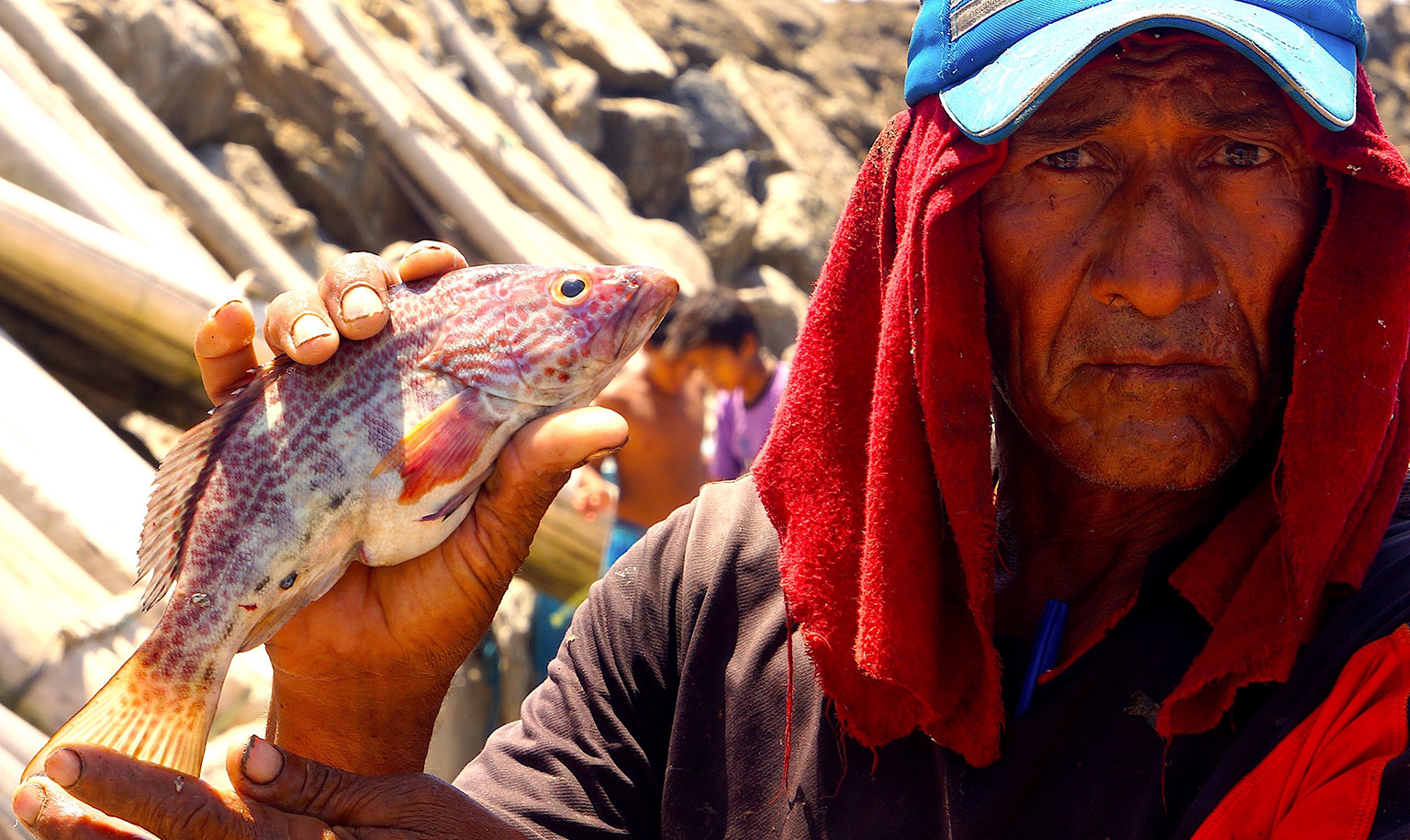
According to the CDC, we live in a virtual world with kids spending an average of six to nine hours in front of a screen. More than sleeping. And that was before the pandemic. “Reconnecting” with nature, and “re-wilding” lands (including restoration) are concepts we need to strengthen.
Mongabay: How can philanthropy better support conservation efforts?
Enrique Ortiz: Having spent decades in this field, I realize that philanthropic foundations have a pretty rigid model of work and structure, not easy to change. Philanthropy money needs a more strategic and adaptive vision, as the times call. But it is not only about money. The capacity in the field is also a challenging link. Money may be easy to spend, but hard to spend well. More support is needed in developing capacities in organizations in the field, particularly in the indigenous representations. I also believe we need to have more political presence.
Mongabay: Wearing your philanthropy hat, is there a grant that best exemplifies what you’re trying to achieve? And why is that / how do you measure impact?
Enrique Ortiz: When thinking of the 25 years at W. Alton Jones, Moore Foundation, Blue Moon Fund and now at the Andes Amazon Fund, I find that hard to answer. So many good grants, as well as so many failures, and all representing a precise moment and location.
Perhaps the long-lasting ones, such as those supporting the creation of critical protected areas, as Chiribiquete in Colombia, Sierra del Divisor in Peru, or the recent Bajo Paraguá in Bolivia could count as such.
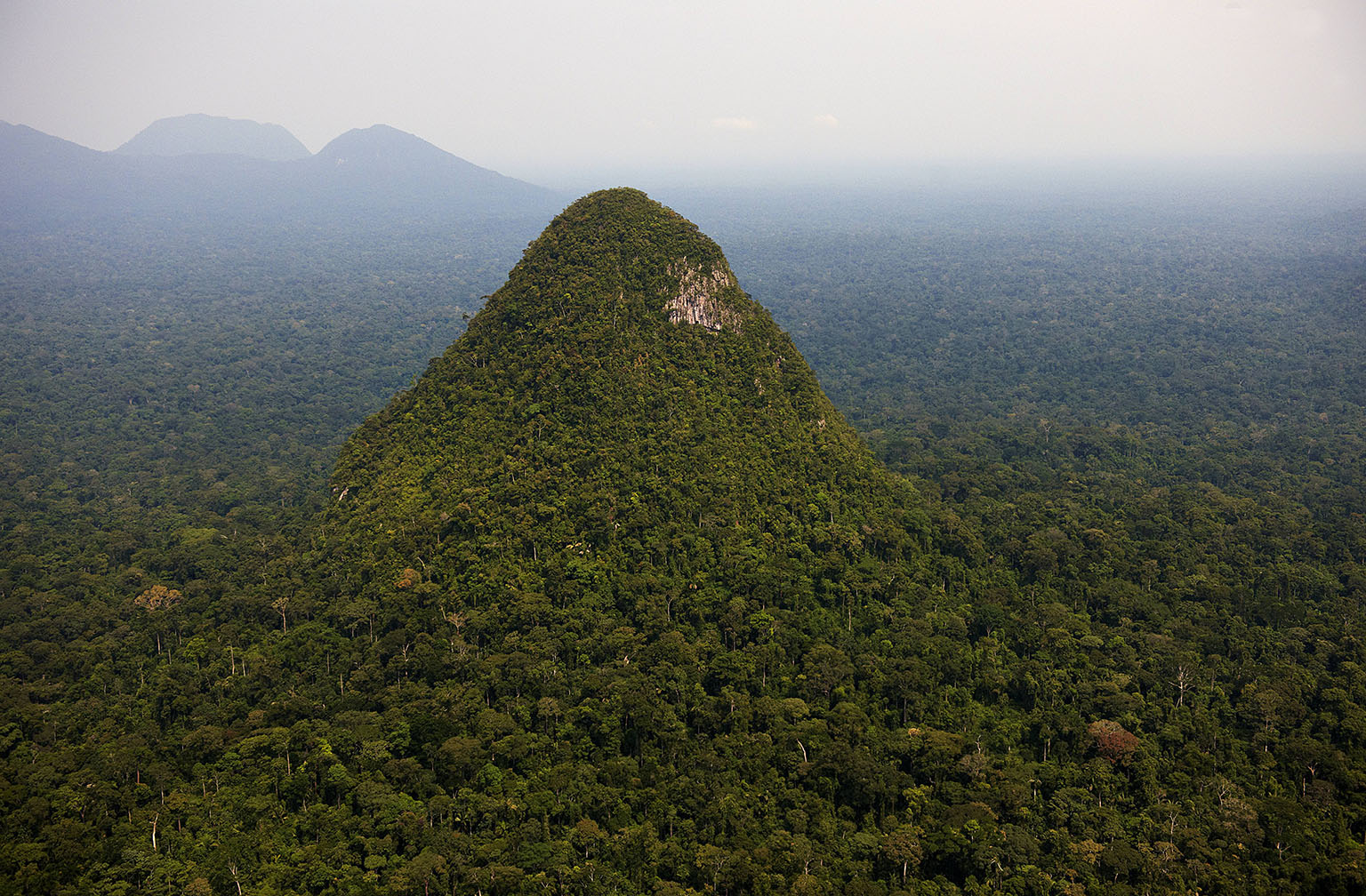
I also think of those grants strengthening the vibrant organizations we see today — as well as those in Brazil — that achieved collaboration between environmental and the indigenous organizations, back in the early 2000s, were critical for what we see today.
Mongabay: What advice would you give to a young person considering a career in conservation?
Enrique Ortiz: It is a career that makes sense and can be done in every discipline. It is one that only will grow in relevance and that also will develop the practitioners into responsible human beings and citizens of the world. But perhaps more importantly, when one considers any career, make it a conservation career, be in art, plumbing, law, army, or school bus driving.
Finally, as Ed Abbey said, do not burn yourself out, enjoy the outdoors and quote, “I promise you this, you will outlive the bastards”.















